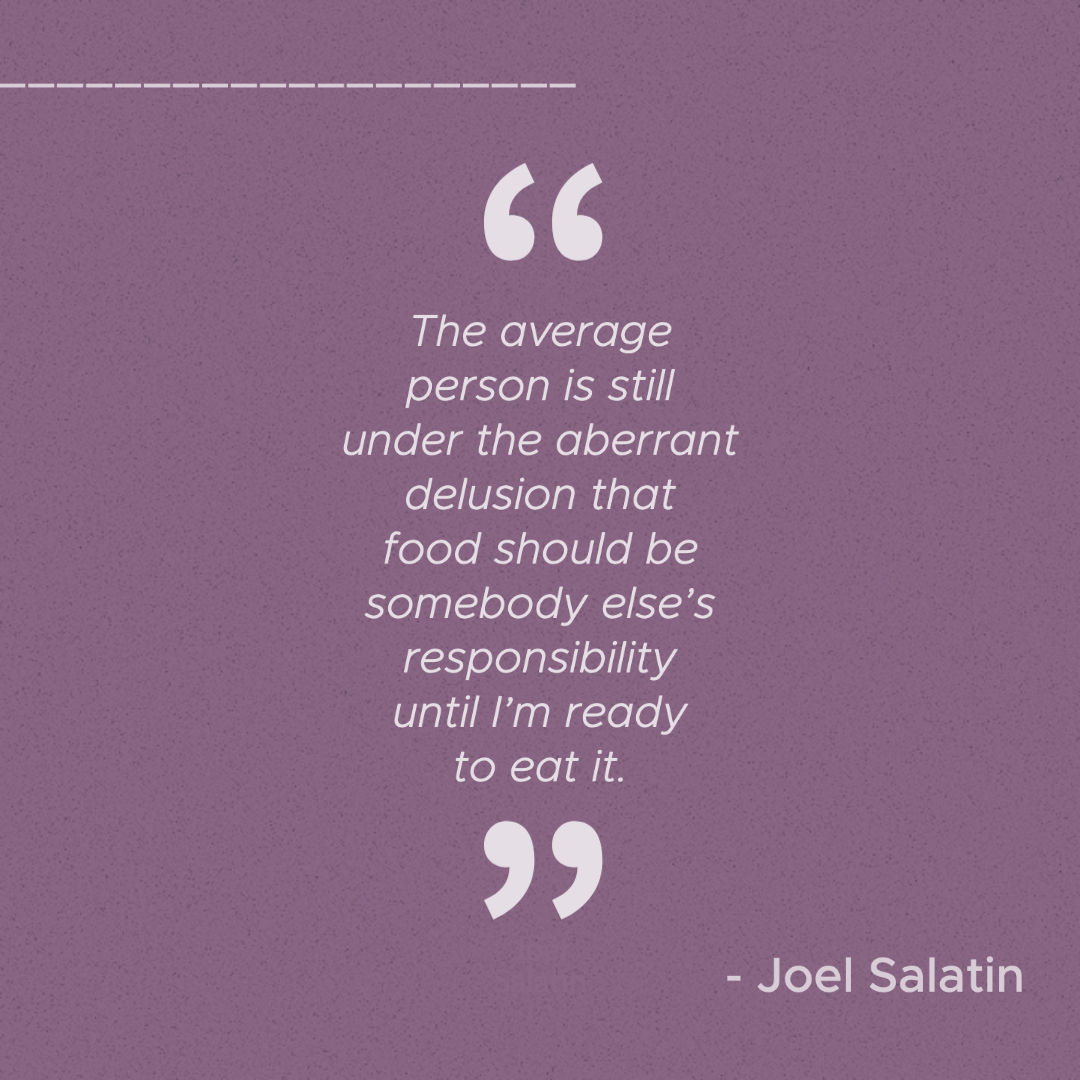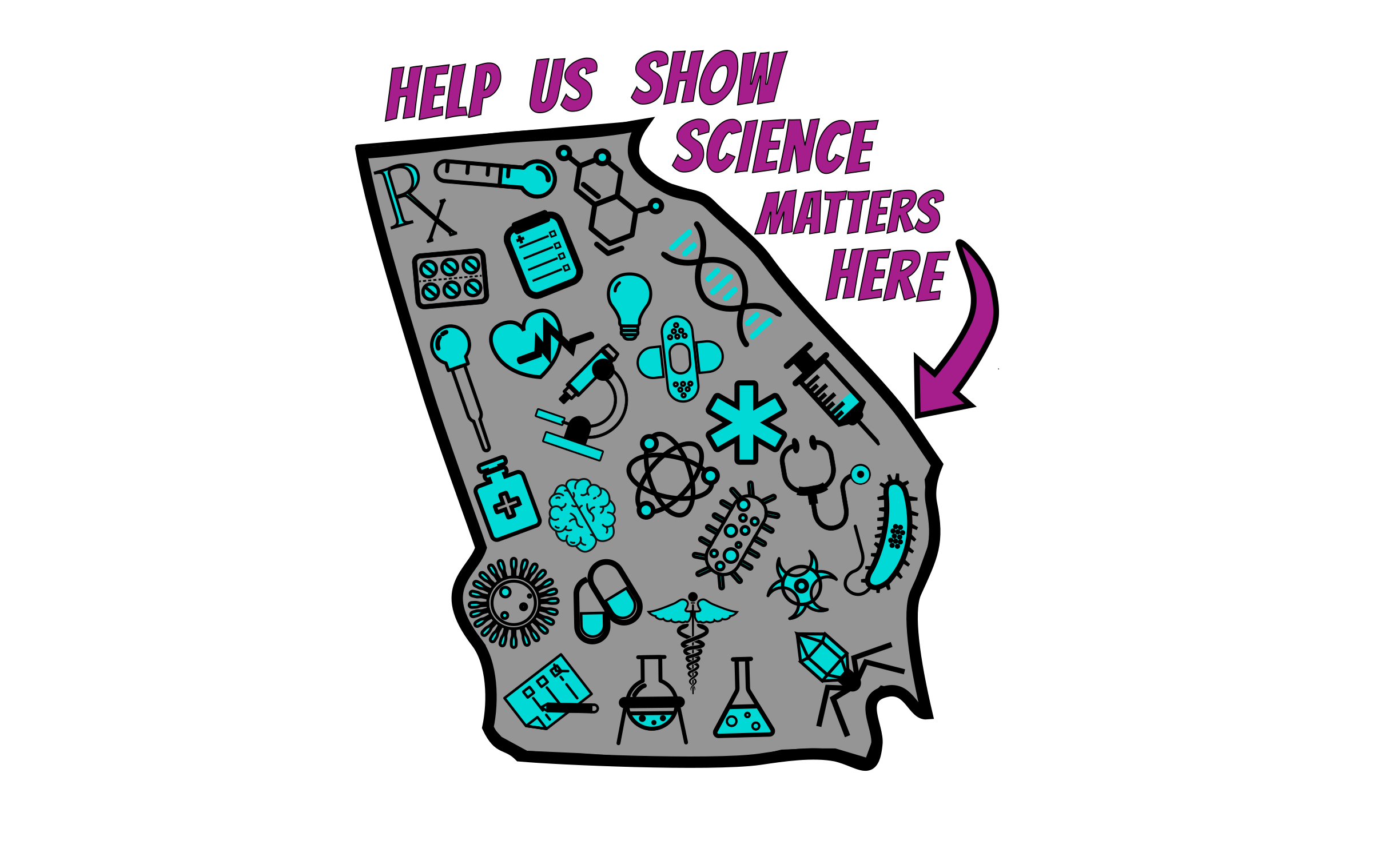January was a series of significant Wednesdays. Its hard to write anything else without mentioning…

Fall Food Focus
by Daniel McManus
The holiday season is in full swing; with Halloween in the rear-view mirror, we’re moving into preparations for Thanksgiving and the bounty of food we hope it brings. But while most of us are worrying about how many buttons we’ll have to undo after we’ve had our fill and how we’re going to get everything cooked on time, many of our neighbors are worrying about putting basic meals on the table. The stress of entertaining family and cooking up a meal that everyone can enjoy will be front and center for a short time for us, but those other families will have to fight every day to get something to eat.
Food insecurity is not something that only exists in some far-off country. It is a constant presence in our major cities, our neighborhoods, and our rural communities. The fact is, 13% of Georgia households are food insecure. This means that these families are unable to secure enough food for one or more of their family members. The number is even larger when you consider families that can’t afford a balanced meal, which we know to be essential for health and development.
Not in our house!
Georgia is struggling: 16% of children and seniors are affected, and 36% of food insecure Georgians do not qualify for food assistance programs. Overall, the state of Georgia is ranked 27th in the United States for household food insecurity. We have the 8th largest economy in the country; in 2019, our economic production was about that of Sweden. There is no world where a state as wealthy as ours should have such a high proportion of our population food insecure.
Hunger has long-term effects
The effects of food insecurity are far-reaching. Early childhood food insecurity can lead to permanent neurological changes that disadvantage those children later in life. Those children will also benefit less from school environments for a variety of social and psychological factors, have higher rates of mental illness, and significantly higher rates of chronic disease later in life. In some ways, the effects on elderly populations are even more severe. Food insecure adults are less able to adapt to malnutrition and increase the effect of any existing health conditions.
Food insecurity also has an impact on those who aren’t directly challenged; the estimated cost of food insecurity in the U.S. is at least $160 billion annually. That number becomes even starker as you consider what else we could spend $160 billion on. If we were to eradicate food insecurity in the U.S., that money could be put towards any of the other many pressing needs in our society. Positive growth in society puts us into a cycle of improvement, where each round of improvement provides even better returns (see the multiplier effect).
Take Action…As you’re preparing for Thanksgiving, consider giving donations of food goods and your time to your local food banks. Even more, remember that your local food banks need food year-round. Consider continuing to give throughout the year because food insecurity isn’t seasonal. This month we’ll provide information and resources on how to make an impact, not just in the short-term, but in the long-term as well, in the fight against food insecurity.




